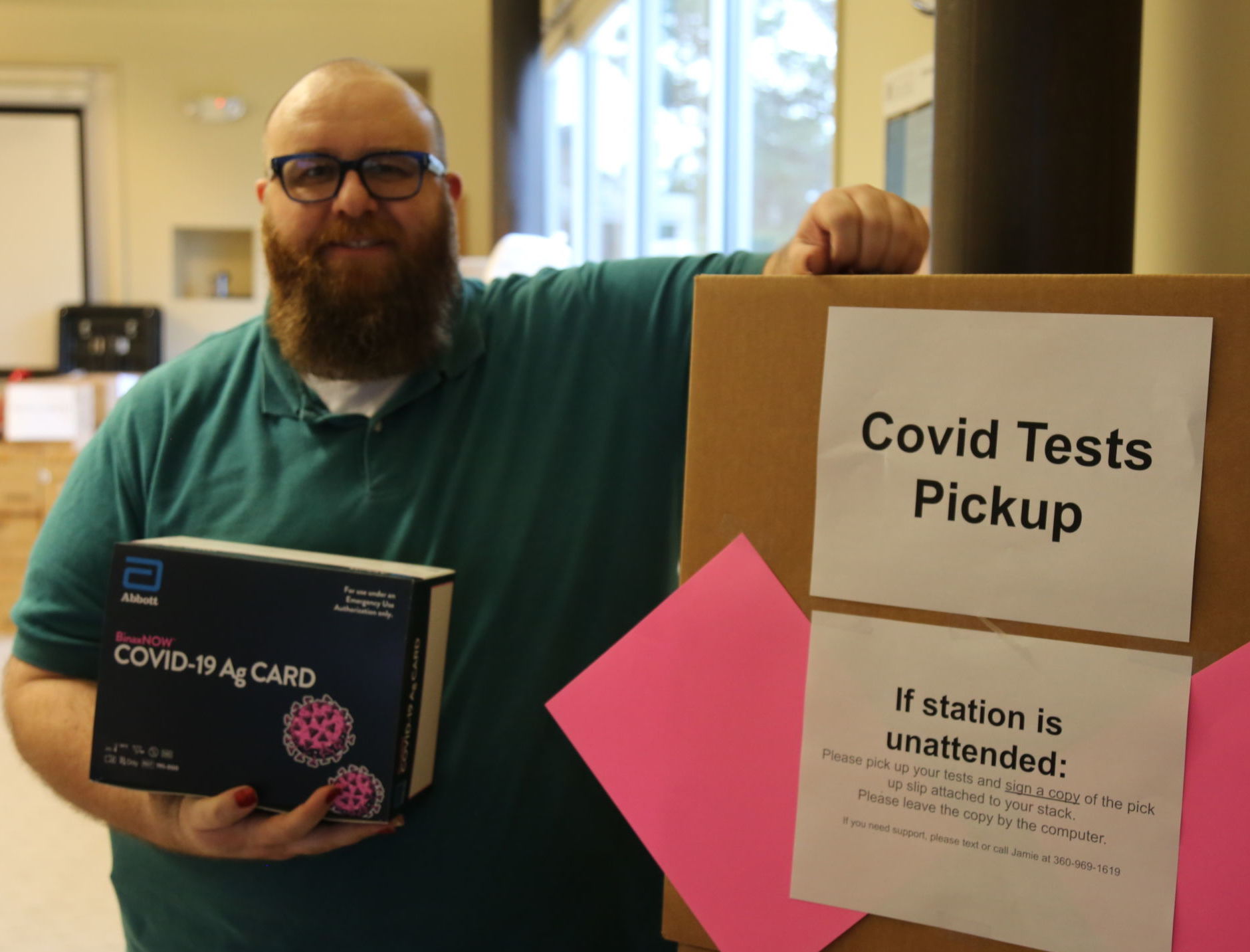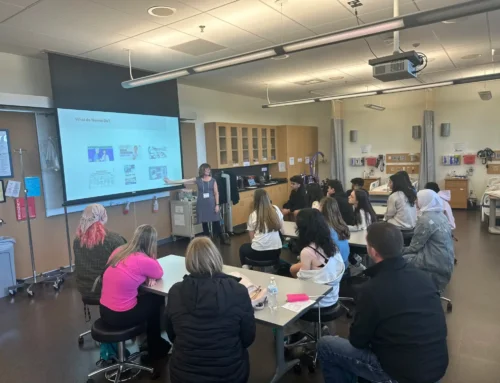This past year each of Washington’s nine Educational Service Districts (ESDs) added a valuable position to their staff, a COVID Coordinator. The staffing addition was in partnership with the Washington State Department of Health (DoH) and Health Commons project known as Learn to Return, with the goal of providing centralized regional support for district and ESD staff testing needs, with a focus on keeping students in school and addressing any gaps in screening and testing capabilities. The overall goal is to minimize COVID-19 spread and assist districts with DoH guidelines.
 I recently caught up with Jamie Kidd (they/them), the Northwest Educational Service District’s (NWESD) COVID Coordinator to find out how the test distribution is going, what has changed since they started, and how districts are doing with this service.
I recently caught up with Jamie Kidd (they/them), the Northwest Educational Service District’s (NWESD) COVID Coordinator to find out how the test distribution is going, what has changed since they started, and how districts are doing with this service.
Thinking back on the last few months Jamie recalled, “We experienced a perfect storm. It was a combination of the high school wrestling outbreak in December, which led to increased demand for tests. There was an overall spike in Omicron cases placing a strain on test kit supplies. And then, a historic snowfall cut off supply routes which delayed test shipments around the state even further.” Test supplies were in gridlock.
In early January, ESDs and their COVID Coordinators answered theDoH call to help by becoming test distribution hubs in each region. As part of that model, the NWESD continues to receive a weekly shipment of tests from the DoH and Jamie is the liaison for districts and private schools across our five-county region regarding their testing needs. They allocate tests to each district according to student enrollment and district feedback. “Since mid-January, we have been able to keep tests in the hands of school districts,” Jamie said.
Each week Jamie strategically coordinates test shipments, delivery, and pick up at the NWESD between the DoH and our 35 school districts, tribal compact school, and private schools. They use a formula to calculate supply and demand. “It’s a very time-intensive step, but it is crucial for ensuring the tests go where they are most needed each week,” Jaime said.
Four assorted brands of rapid tests have been made available to districts: BinaxNow, CareStart, iHealth, and BD Veritor. As of February 24, the NWESD has helped to distribute over 500,000 COVID tests among the public-school districts and private schools.
Jamie happily reported, “In our region, it feels that we are really moving along very well. I have received a lot of positive feedback from public school district representatives as well as private school leaders regarding the availability of and access to COVID tests.”
In closing, Jamie shared, “A lot of people have a hand in this work and are taking it very seriously. Every day I am on calls and in contact with superintendents, principals, school nurses, doctors representing local health departments, representatives from the state department of health, as well as others from organizations like Health Commons who also support this process. These people are doing all they can every day to combat this virus and keep our kids, families, and communities safe.”



